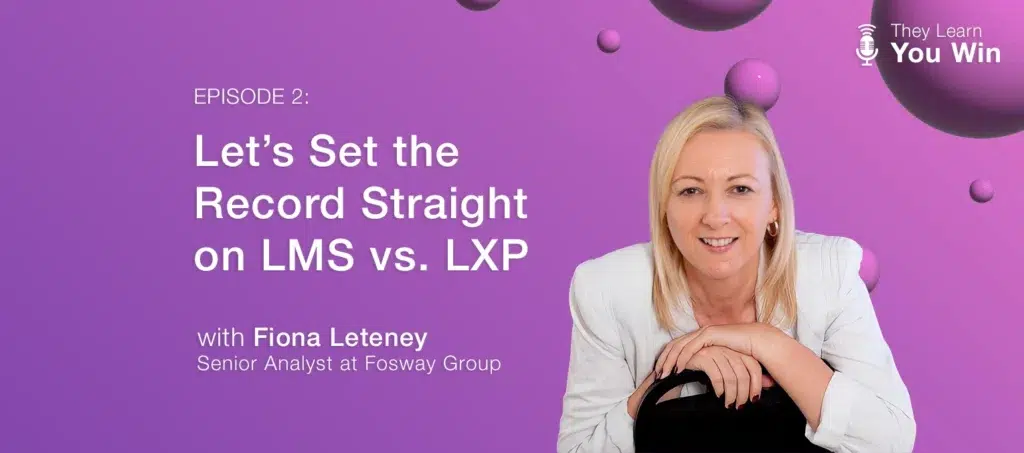LMS
Key Ingredients: Ten Essentials for Restaurants In Search of a New Learning Solution
Did you know restaurants are poised to become the next trillion-dollar industry? With sales projected to surpass a trillion dollarRead More
Research.com Recognizes Schoox as One of the Best Learning Management Systems On the Market
Schoox, a leading people-first workplace learning platform, has been recognized as one of the best learning management systems by Read More
Learning Technology: Busting the Myths with Fiona Leteney of Fosway Group
The learning technology landscape is a crowded one. From learning-focused offerings available as add-ons to broader human capital Read More
Benefits of Training the Extended Enterprise
What is extended enterprise training? Extended enterprise training refers to learning initiatives designed for and delivered to diRead More
Smart Learning: How AI Can Amplify the Power of Your LMS
One can’t go long without hearing mention of artificial intelligence or “AI” these days. What was once a buzzword is now an Read More
Four Essential LMS Reporting Features Your Team Needs
Comprehensive reporting tools within your learning platform equip your Learning and Development (L&D) teams with vital data onRead More
Compliance Training: From Tedious Necessity to Strategic Opportunity
Traditionally, compliance training has focused on ensuring that organizations follow industry-, agency-, and government-specific rRead More
Generative AI for L&D: Hype, Hysteria or Somewhere In-Between
I don’t know if you’ve heard, but artificial intelligence is making some news. Let’s be honest; at best, you can’t avoid mRead More
Teamwork Makes the Dream Work: Two Ways to Track Training Progress in Schoox
Quarterly Product Review, July 2023 For learning to be successful, L&D leaders and training managers need the ability toRead More
What’s New in Schoox? Ready-to-Go Content Channels, Academy Marketplace, and More
From administrators and training managers to individual learners both inside and outside your organization, we’re always improviRead More










